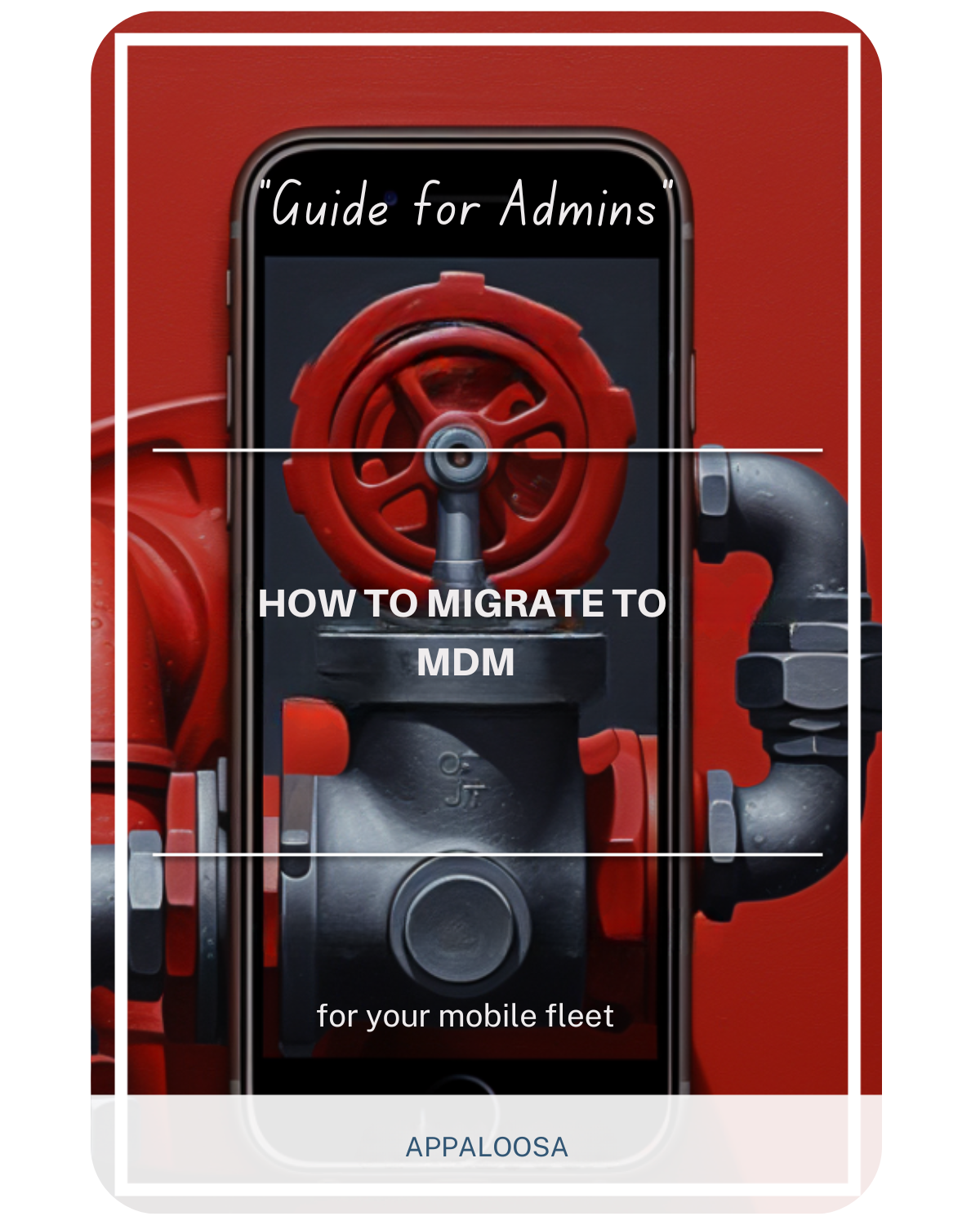
In today's mobile-first business environment, managing Android smartphones and tablets effectively is crucial for organizational success.
With Android dominating the global mobile market, businesses need robust MDM mobile device management Android solutions to secure their devices, protect corporate data, and maintain productivity across their mobile workforce.
Understanding Android Device Management
Android management device solutions have evolved significantly over the years. Modern MDM solution for Android platforms leverage Google's Android Enterprise framework, providing businesses with comprehensive tools to android manage device fleets efficiently.
No matter if you have a few devices or many, the right approach can change everything.
It can create a secure and productive mobile environment or lead to chaos and vulnerability.
Why Your Business Needs Android MDM
Protecting Corporate and Personal Data
One of the primary challenges businesses face is balancing security with user privacy.
Modern Android MDM app solutions excel at separating company data from personal data, ensuring that IT administrators can protect corporate assets without invading employee privacy.
This separation is particularly important in BYOD (Bring Your Own Device) scenarios where employees use their personal Android phone for work purposes.
Managing Diverse Device Types
From rugged field devices to the latest Samsung Galaxy smartphones, businesses deploy various device type configurations. An effective MDM solution must handle this diversity while maintaining consistent security policies.
Your MDM platform should meet the needs of different devices. This includes tablets with long battery life for field workers. It also includes powerful smartphones for executives.
Key Components of Android Device Management
1. Android Enterprise and Managed Google Play
Android Enterprise forms the foundation of modern Android device management. This framework, integrated with managed app deployment through the Google Play Store, enables businesses to:
- Deploy applications silently and securely
- Configure app-specific settings remotely
- Control app permissions and data access
- Manage app updates and licenses centrally
2. Samsung Knox Integration
For organizations using Samsung devices, Samsung Knox provides an additional layer of security and management capabilities. Knox-enabled devices offer enhanced security features that complement standard Android Enterprise functionality, making them ideal for industries with strict compliance requirements.
3. Work Profile vs. Fully Managed Devices
Understanding different management modes is crucial for implementing the right strategy:
Work Profile Mode: Ideal for BYOD scenarios, this mode creates a secure container for work apps and data while preserving the device's personal user interface and applications.
Employees maintain full control over their personal apps while IT manages the work profile.
Fully Managed Mode: Best suited for company-owned devices, this mode gives IT administrators complete control over the device, including system updates, security policies, and Android apps installation.
COPE (Corporate-Owned, Personally Enabled): This hybrid approach combines the benefits of both modes, perfect for company-owned devices that employees can use for personal activities.

Best Practices for Android Device Management
1. Choose the Right Enrollment Method
Successful MDM implementation starts with smooth device enrollment. Modern solutions offer multiple enrollment options:
- Zero-Touch Enrollment: Automatic provisioning for new devices
- QR Code Enrollment: Quick setup for existing devices
- Samsung Knox Mobile Enrollment: Automated deployment for Samsung devices
- NFC and Token-based Enrollment: Alternative methods for specific scenarios
2. Implement Comprehensive Security Policies
Effective Android device management requires layered security:
- Enforce strong password policies
- Enable device encryption by default
- Configure remote wipe capabilities
- Implement app-specific VPN configurations
- Set up geofencing and compliance rules
3. Optimize App Management
The Google Play Store integration through Managed Google Play enables sophisticated app management:
- Curate approved app catalogs
- Deploy mandatory business applications
- Configure app-specific settings remotely
- Manage licenses and subscriptions efficiently
- Control app permissions granularly
4. Monitor and Maintain Device Health
Proactive device management includes:
- Real-time device inventory tracking
- Monitoring battery life and performance metrics
- Tracking compliance status
- Managing OS and security updates
- Generating usage and security reports
Selecting the Best Business Smartphone for Device Management Control
When choosing devices for your corporate fleet, consider these factors:
- Android Enterprise Recommended Devices: These devices meet Google's stringent requirements for security updates, consistent behavior, and enterprise features.
- Security Features: Look for devices with built-in security enhancements like Samsung Knox or similar technologies.
- Long-term Support: Choose manufacturers committed to regular security updates and extended support cycles.
- Performance and Reliability: Select devices that balance performance with battery life to meet your workforce's needs.
- Management Capabilities: Ensure devices support all required MDM features for your use cases.
Common Challenges and Solutions
Challenge 1: Balancing Security and User Experience
Solution: Implement context-aware policies that adjust security requirements based on location, network, and user behavior while maintaining a smooth user interface experience.
Challenge 2: Managing Legacy Devices
Solution: Develop a phased migration strategy to move from older devices to Android Enterprise-compatible models while maintaining security for legacy devices through available management options.
Challenge 3: Ensuring Data Privacy Compliance
Solution: Leverage work profile separation to maintain clear boundaries between corporate data and personal data, ensuring compliance with privacy regulations like GDPR.
The Future of Android Device Management
As mobile technology continues to evolve, Android device management will become increasingly sophisticated. Emerging trends include:
- AI-powered security threat detection
- Enhanced zero-trust security models
- Improved cross-platform management capabilities
- Better integration with cloud services and IoT devices
Conclusion
Effective Android device management is no longer optional for businesses relying on mobile technology. By implementing a comprehensive MDM solution for Android, organizations can protect sensitive company data, enhance productivity, and maintain compliance while respecting user privacy.
Whether you're managing a small team with BYOD devices or a large enterprise fleet of Android smartphones and tablets, the key to success lies in choosing the right management approach, implementing appropriate security policies, and maintaining a balance between control and usability.
Start by assessing your current mobile landscape, defining clear management objectives, and selecting an MDM platform that aligns with your business needs.
With the right strategy and tools in place, Android device management becomes a powerful enabler of mobile productivity rather than a burden on your IT resources.
